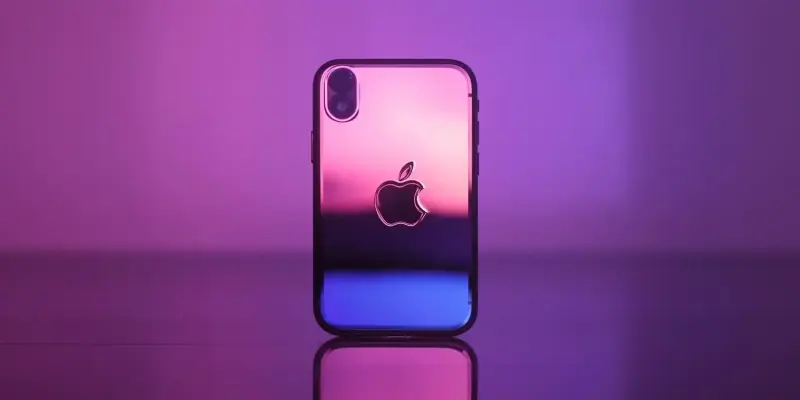Apple has recently introduced the iPhone 16e, positioning it as a mid-range smartphone while equipping it with several high-end features that make it stand out in the crowded market. Priced at $600 for the 128GB model, the price point of the iPhone 16e might challenge the “mid-range” label, especially when compared to the earlier iPhone SE, which started at a noticeably lower $430. The iPhone 16e, however, justifies its price by combining robust iPhone 16 hardware, including a binned Apple A18 chip and a superior 48MP main camera, within an iPhone 14-style body adorned with a 6.1-inch 60Hz OLED display and Face ID without Touch ID. The design results in a device that is not only bigger than both the SE and the now-discontinued mini but also offers a premium feel at a more accessible price point.
Strategic Feature Allocation and Market Position
The iPhone 16e is notable for its integration of Apple Intelligence, a feature distinguishing it from the iPhone 15. Priced starting at $700, the iPhone 15 offers a bundle of features including a Dynamic Island display, a brighter screen, an ultra-wide camera, ultra-wideband (UWB) for smart tags, and improved MagSafe support. Starting at $800 for 128GB, the regular iPhone 16 presents another appealing option for consumers. Apple’s strategic feature allocation has contributed to a mixed reception for the iPhone 16e. Despite its advanced AI capabilities and robust feature set, some consumers are hesitant due to the device’s size and price, leading some to opt for older models instead.
Overall, the iPhone 16e is an intriguing mid-range device offering high-end features at a relatively accessible cost, yet it faces competition from similarly priced alternatives with diverse feature sets. Apple’s product positioning and unique features for each model are significantly affecting consumer preferences and market dynamics. As the iPhone 16e hits the market, it will be interesting to watch how consumer behavior shifts and how Apple responds to these changes in demand.

